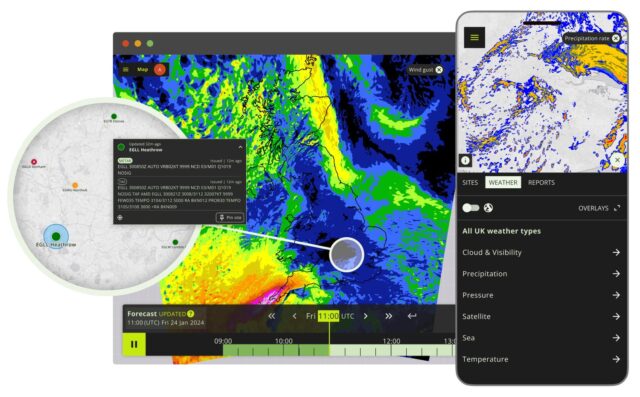New Chinese FDA radar system could make AEW&C spy planes vanish from enemy sensors

August 27, 2025

Chinese scientists say they have developed a radar system so advanced it could render airborne early warning and control aircraft (AEW&C), once among the most visible targets in the sky, almost impossible to detect.
These flying command centres, essential for directing air battles, have traditionally betrayed their presence by broadcasting powerful signals. Now, those signals could dissolve into a haze of electronic distortion, leaving enemy sensors blind, confused and unable to strike.
According to the South China Morning Post, researchers at China’s Air Force Engineering University have unveiled a radical radar technology that could reshape aerial warfare.
China unveils Frequency Diverse Array radar for AEW&C aircraft
At the heart of the breakthrough is a technique known as Frequency Diverse Array (FDA). Instead of relying on fixed radar frequencies, FDA shifts signals across multiple antennas, scrambling detection systems.
The aim is not to hide the aircraft completely, but to overwhelm enemy sensors with deceptive, misleading returns.

In a paper published in the Chinese defence journal Aero Weaponry, lead scientist Wang Bo and his team described FDA as a tool that can do more than evade detection:
“FDA can create a new paradigm of electromagnetic offence and defence, detecting while jamming, positioning while deceiving.”
How FDA radar confuses enemy sensors
The concept is deceptively simple. Each antenna transmits at a slightly different frequency, like a choir singing the same melody in different keys. Up close, it sounds coherent, but from a distance, the result is chaotic.
Enemy surveillance systems, which rely on stable radar emissions, may find themselves chasing ghosts. The radar beam appears to scatter, morph and drift.
Simulations cited by the researchers show tracking errors increasing from meters to kilometres, with directional accuracy degrading from less than one degree to more than ten.
In effect, the radar signature becomes indistinct static, corrupting the basic parameters of electronic warfare — time, frequency, and phase. For hostile forces, the radar’s origin becomes a flickering phantom.
KJ-3000 early warning aircraft tested with FDA system
The system has reportedly been tested on China’s KJ-3000 early warning aircraft, believed to be based on the Xian Y-20 transport.
The KJ-3000 reflects Beijing’s ambition to field a stealthier, high-command platform able to operate deep in contested airspace without exposing itself.
This is China's cutting-edge KJ-3000 early warning & control aircraft, perhaps it is also the most advanced in the world.
— ShanghaiPanda (@thinking_panda) May 15, 2025
The KJ-3000 fits seamlessly into PLAAF's ecosystem, serving as the linchpin for a networked air defense system that integrates stealth fighters, drones, and… pic.twitter.com/d9w4TMqHyX
A key strength of FDA is adaptability. The radar can “listen” to how its signals are received and fine-tune them in real time. This means friendly forces remain connected while adversaries are misled or blinded.
Technical hurdles for China’s radar breakthrough
Despite the bold claims, experts point to serious technical challenges. A Beijing-based radar specialist told the South China Morning Post that FDA requires ultra-fast processing and precise synchronisation across antennas. Even small delays or temperature shifts could compromise performance.
There are also risks of electromagnetic interference with friendly systems, given the wide spectrum of shifting frequencies.
“While the theory is sound, assuming flawless performance in a cluttered, fast-moving battlefield may be overly optimistic,” the expert warned.

If proven effective, the system could amount to more than just an incremental upgrade. It suggests a shift away from traditional reliance on raw power or stealth toward dominance through manipulation of the electromagnetic spectrum.
As one radar expert noted, “In future conflicts, control of the electromagnetic spectrum may no longer depend on brute power or perfect stealth, but on who can best manipulate the information.”
With the United States and Europe also investing heavily in low-probability-of-intercept radar and stealth technologies, China’s FDA work hints at a new phase in the global contest for aerial supremacy. The next battle may not be won by who sees first, but by who vanishes completely.
















